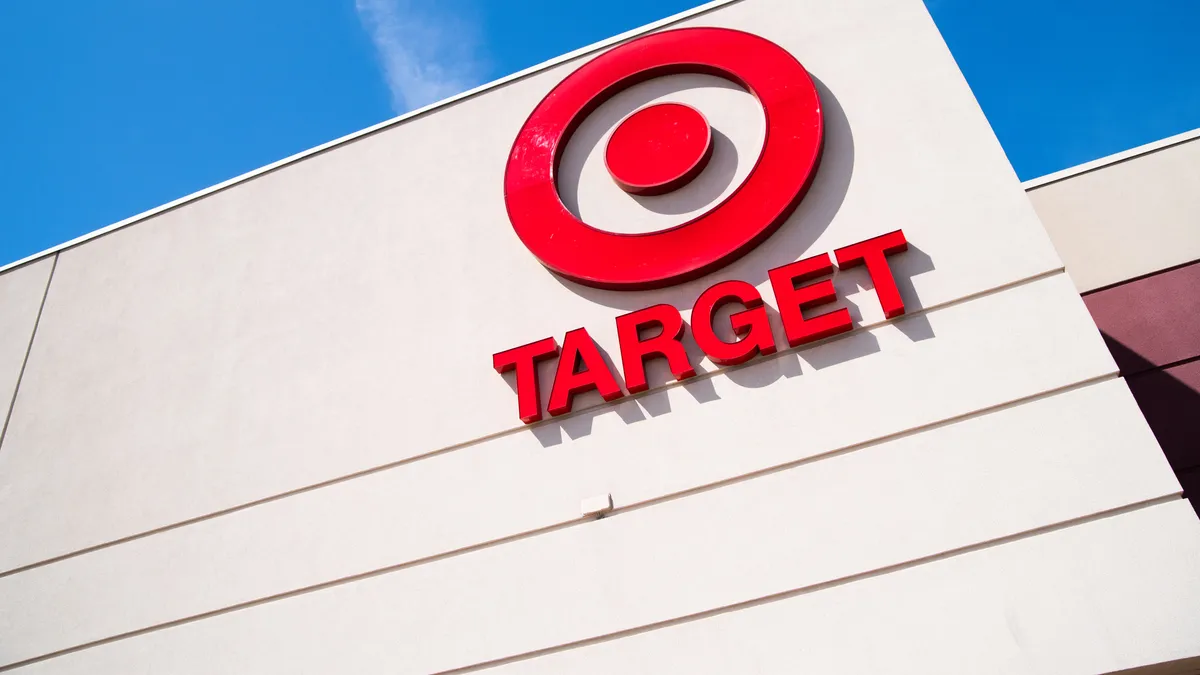Dive Brief:
- Target on Tuesday released details on strategic investments the company will pursue this year to fuel growth. One is “delivering affordable joy,” wherein the retailer will broaden its assortment to include more items at $3, $5, $10 and $15 price points.
- The big-box retailer will also expand its Drive Up Returns program nationwide, which allows shoppers to return most new, unopened products within 90 days of purchase from their cars.
- Target will open around 20 new stores in a variety of formats and will make investments in 175 existing stores, ranging from full remodels to the addition of Ulta Beauty or Apple shop-in-shop experiences.
Dive Insight:
Target will invest up to $5 billion in its services and stores this year.
The retailer is leaning further into its “Tarjay” reputation of affordable style, this time by amplifying its deals under $15 and investing in its own labels. In 2023, the company plans to launch or expand over 10 owned brands — a blueprint which has worked well for it in the past. Target currently has over 45 private labels, with its activewear line All in Motion generating $1 billion in its first year.
"This year, we'll continue investing in our long-term strategic initiatives that propel our market share and profit growth over time,” Chief Financial Officer Michael Fiddelke said in a statement. “Coupled with our teams' ongoing efforts to scale our business with greater simplicity, we are confident in our ongoing ability to meet the evolving needs of our guests and deliver value for our shareholders."
In late February, Target announced that it will invest $100 million to expand next-day delivery by growing its sortation network from nine to more than 15 facilities by the end of 2026. Target expects to deliver roughly 50 million packages from its sortation centers in 2023, twice the amount of last year. Since opening its first facility in 2020, the retailer said it’s seen a 150% increase in the number of orders delivered the next day.
Target has a larger aim of simplifying its operations, with the goal of $2 billion to $3 billion in cost savings over the next few years.
The company this week reported that its full-year sales increased nearly 3% to $107.6 billion, but its operating income of $3.8 billion was down 57% year over year. The retailer said higher freight and supply chain costs, along with increased compensation and headcount in distribution centers, drove its full-year gross margin rate down to 22.7% from 25.7% year over year.














